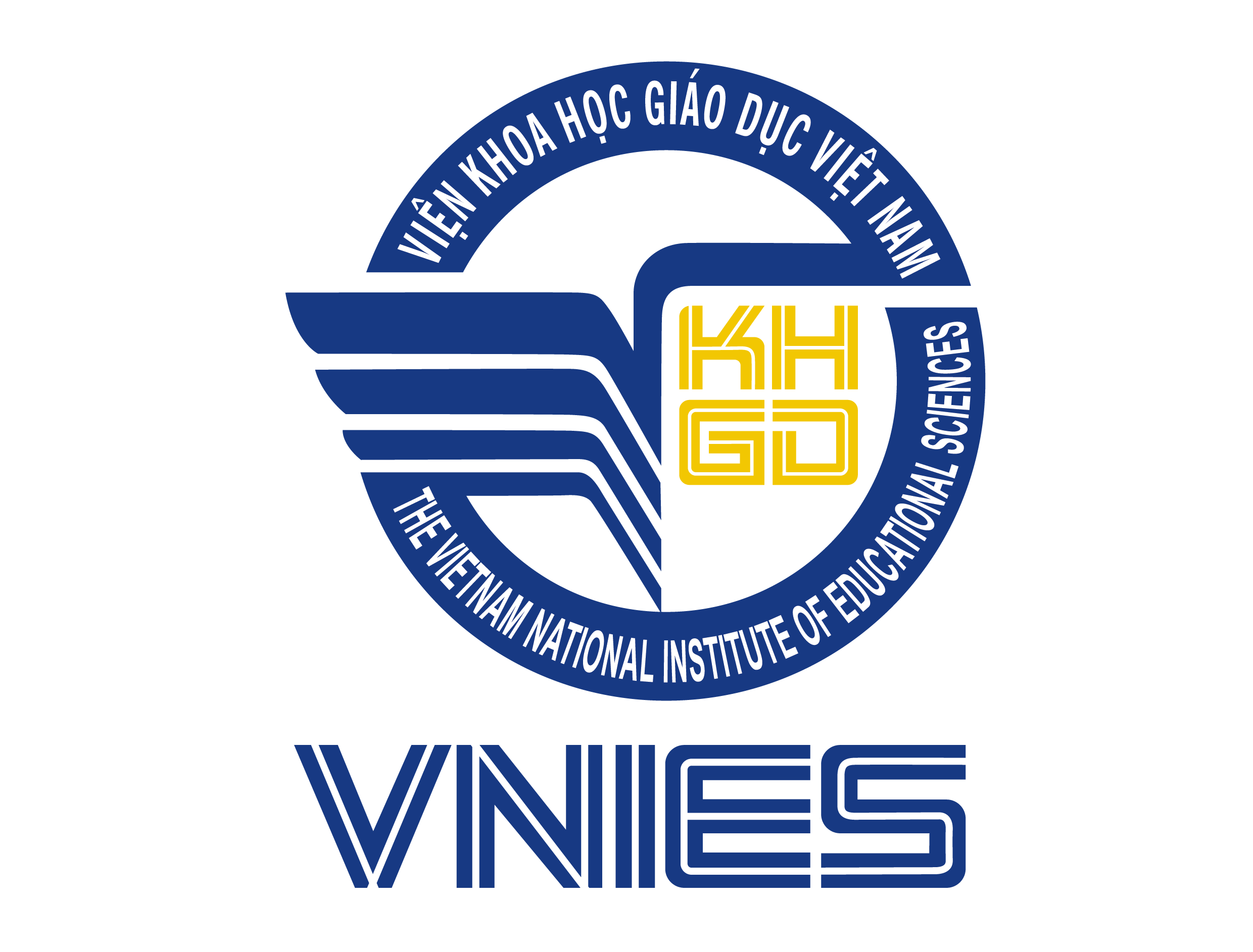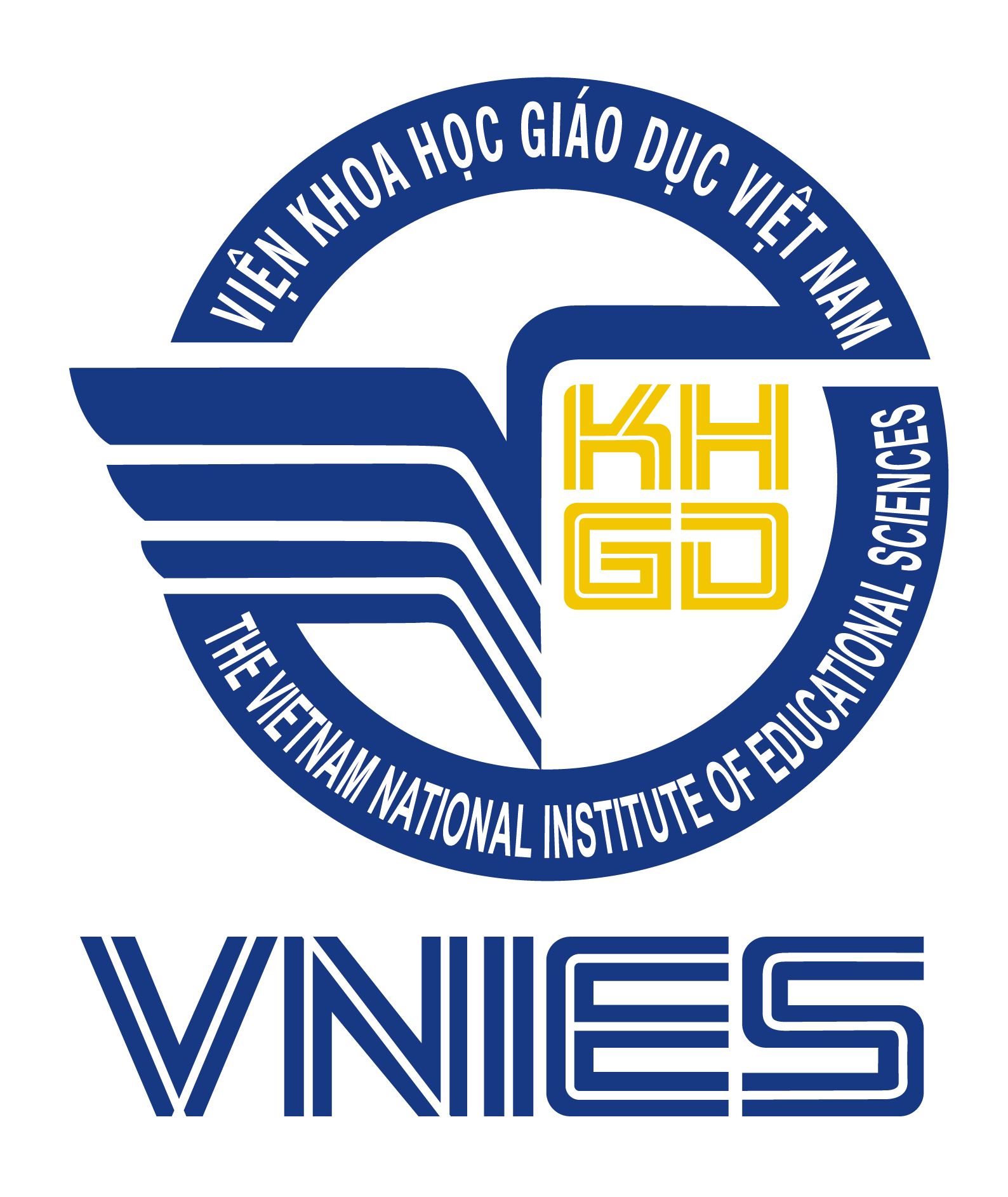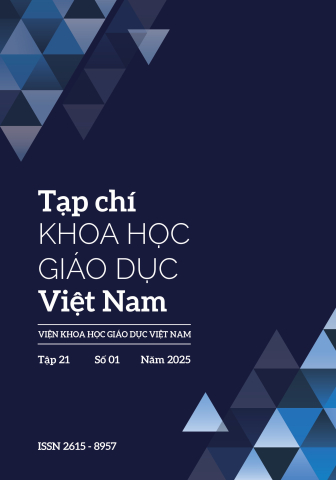[1] Arana, A. & Mancosu, P. (2012). On the relationship between plane and solid geometry. The Review of Symbolic Logic, 5(2), 294–353.
[2] Bộ Giáo dục và Đào tạo. (2018). Chương trình Giáo dục phổ thông môn Toán.
[3] Bộ Giáo dục và Đào tạo. (2019). Tập huấn cán bộ quản lí, giáo viên về xây dựng chủ đề giáo dục STEM trong giáo dục trung học. https://doi.org/10.13140/ RG.2.2.18874.34245
[4] Đỗ Đức Thái & Đỗ Đức Bình. (2019). On the Visual Geometry at the secondary level in the new mathematics curriculum. Journal of Science Educational Science, 64(4), 111–120. https://doi. org/10.18173/2354-1075.2019-0056
[5] Furner, J. M. (2024). The best pedagogical practices for teaching mathematics revisited: Using math manipulatives, children’s literature, and GeoGebra to produce math confident young people for a STEM world. Pedagogical Research, 9(2), em0193. https://doi.org/10.29333/pr/14194
[6] Kyeremeh, P., & Kwame, E. L. (2023). Promoting student solid geometry concept understanding through the application of ethnomathematics learning approach. Mathematics and Science Education: Pedagogical Perspectives, 24–35.
[7] Laksmi Savitri Kumala Dewi, Aprilia Fajar Yanti, Cantika Sari Ramadhani, Setyorini Murniati, W. A. (2023). Strategy for Learning Space Geometry Concepts in Elementary School Students. Journal of Education Policy and Elementary Education Issues, 4(2), 93–106.
[8] Laššová, K., & Rumanová, L. (2023). Engaging STEM Learning Experience of Spatial Ability through Activities with Using Math Trail. Mathematics, 11(11), 2541. https://doi.org/10.3390/math11112541
[9] Lê Huy Hoàng. (2021). Giáo dục STEM trong Chương trình Giáo dục phổ thông 2018: Định hướng và tổ chức thực hiện. Tạp chí Giáo dục, 516(2), 1–6.
[10] Lê Thị Thu Hà., Lê Trung Hiếu., & Quan Thị Dưỡng. (2023). Nghiên cứu mô hình giáo dục STEM và định hướng dạy học ở Tiểu học. Scientific Journal of Tan Trao University, 9(2), 155–162. https://doi. org/10.51453/2354-1431/2023/912
[11] Mcdonald, C. V. (2016). STEM Education: A review of the contribution of the disciplines of science, technology, engineering and mathematics. Science Education International, 27(4), 530–569.
[12] Nguyễn Thanh Nga & Hoàng Phước Muội. (2019). Tổ chức hoạt động trải nghiệm theo định hướng giáo dục STEM thông qua hoạt động câu lạc bộ và sử dụng cơ sở vật chất phòng thí nghiệm ở trường trung học. Tạp chí Khoa học, 15(4), 5. https://doi. org/10.54607/hcmue.js.15.4.2255(2018)
[13] Phạm Quang Tiệp. (2017). Bản chất và đặc điểm của mô hình giáo dục STEM. Tạp chí Khoa học Giáo dục, Viện Khoa học Giáo dục Việt Nam, số, 61–64.
[14] Sharifov G. (2018). The scientific and practical importance of teaching STEM lessons in the secondary schools. In Azerbaijan Journal of Educational Studies (Vol. 684, Issue III, pp. 9–18). https://doi.org/10.32906/AJES/683.2018.02.1


